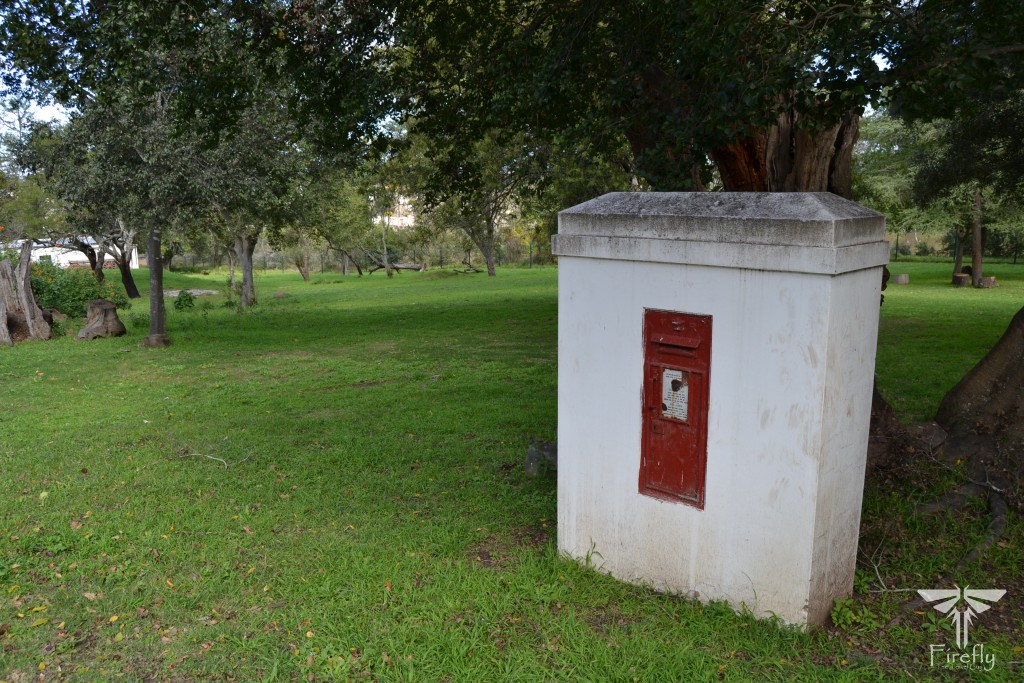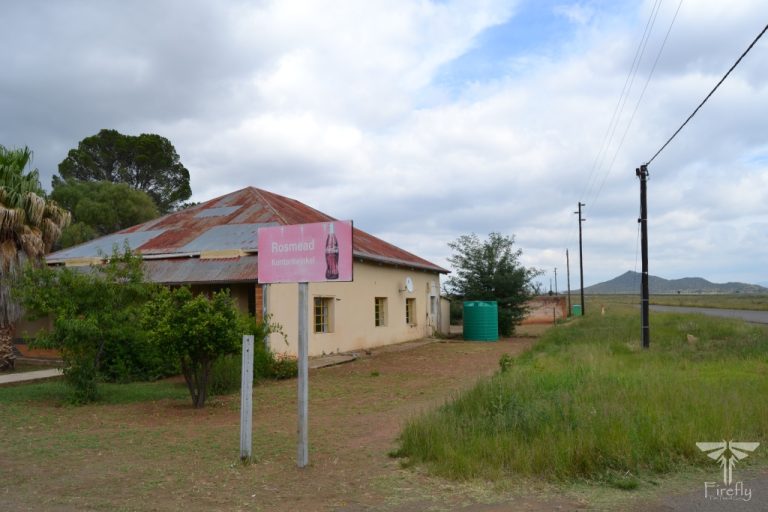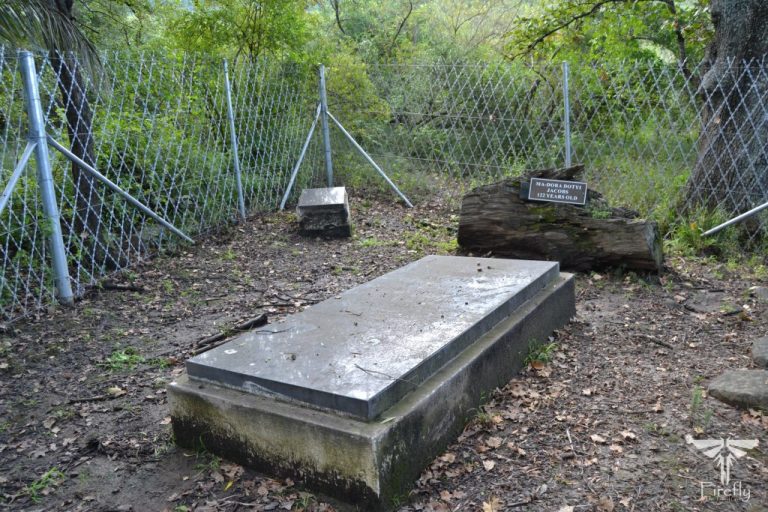
Nestled against the foot of the Boschberg above Somerset East stands a building just about as old as the town. The land was originally given to Wesleyan missionaries for a chapel and graveyard with the chapel getting consecrated in 1828. A mere four years later in 1832, the property was transferred to the Nederduitse Gereformeerde Kerk of Somerset and in 1975 the Somerset East Old Parsonage Museum was inaugurated during the celebration of Somerset East’s 150th anniversary.

In 1834 Ds. Morgan asked that the chapel be converted into a parsonage for him to live in and major alterations were made to the building. The ground floor took on its present design and an upper floor was added, fireplaces were built in all four main rooms and yellowwood floors were installed. During the 105 years the building was used as a Parsonage, four ministers lived there.
George Morgan from 1834 to 1841. His young first wife, Elizabeth, is buried in the original walled graveyard.
John Pears, 1841 to 1866. Like Morgan, Pears was a Scot. The town of Pearston was named after him. His wife ran a private school for girls, and some of these boarded in the Parsonage.
Jan Hendrik Hofmeyr, 1866 – 1908. Born in Cape Town, Hofmeyr was an outstanding scholar from a distinguished family. He married Rev. Andrew Murray’s daughter Isabella. He was a trustee, and a member of the board of Gill College, and was instrumental in the opening of Bellevue Seminary in 1882.
John Murray Hofmeyr, 1908 – 1943; the son of Jan Hendrik Hofmeyr, John was born in the Parsonage in 1871. Although he retired in 1940, he continued to live in the Parsonage, and after his death in 1943, his wife remained there until her death.

The museum contains many antiques and relics from yesteryear that tell the tale of life in a parsonage during 19th century South Africa. Furniture and lifestyle pieces recreate the look and feel of a bygone era in the downstairs rooms showing off a sitting room, dining room, study, bedrooms and kitchen.

One of the interesting discoveries made during the restoration of the building was a tiny grave, complete with a headstone, found when damaged floorboards were being replaced in the sitting room. This bears the inscription – Sacred to the memory of Alexander Thomas, son of Rev. S.J.H. Kay, who died on 8th May 1828, aged 12 months.

A building like this also isn’t without its fair share of ghost stories, one being a tall man in a black suit sitting behind the desk in the study.

One of the historical events that had a big impact on the town and district was the hanging of the Slagtersnek rebels in 1816. The museum houses an exhibition staged around the original beam on which the five Slagtersnek rebels were hung.

The museum’s Imithi YesiXhosa Exhibition is housed in a colourful building behind the main museum building and the exhibit depicts the use of indigenous plants for cultural and spiritual practices.

Down a path next to the museum visitors will also find the grave of Ouma Dora Dotyi Jacobs. Ouma Dora was born on 6 May 1880 on the farm Paddafontein in the Somerset East district and at the time of her death on 18 January 2003 at the ripe old age of 122 years, was the oldest living person in the world.

The Somerset East Museum probably is one of the best small-town museums around and the more you explore it the more you find. Like the oldest post box in Somerset East, mounted in a wall outside the museum. There are also one or two more exhibits upstairs with more modern history. All in all the museum really is a treasure trove if you enjoy history and want to learn more of the history of Somerset East.



